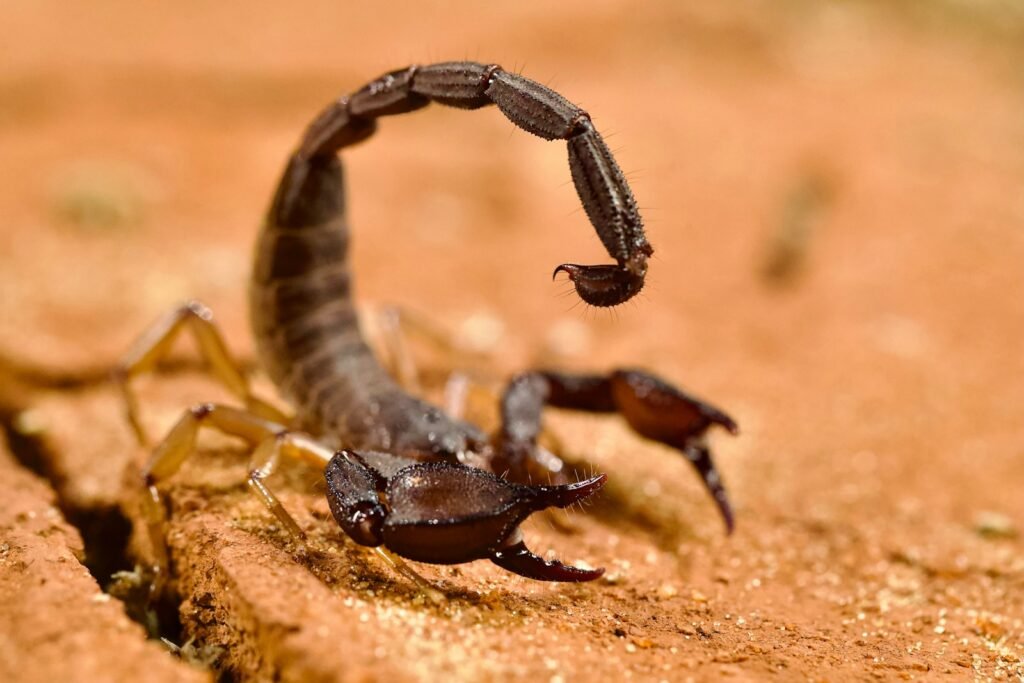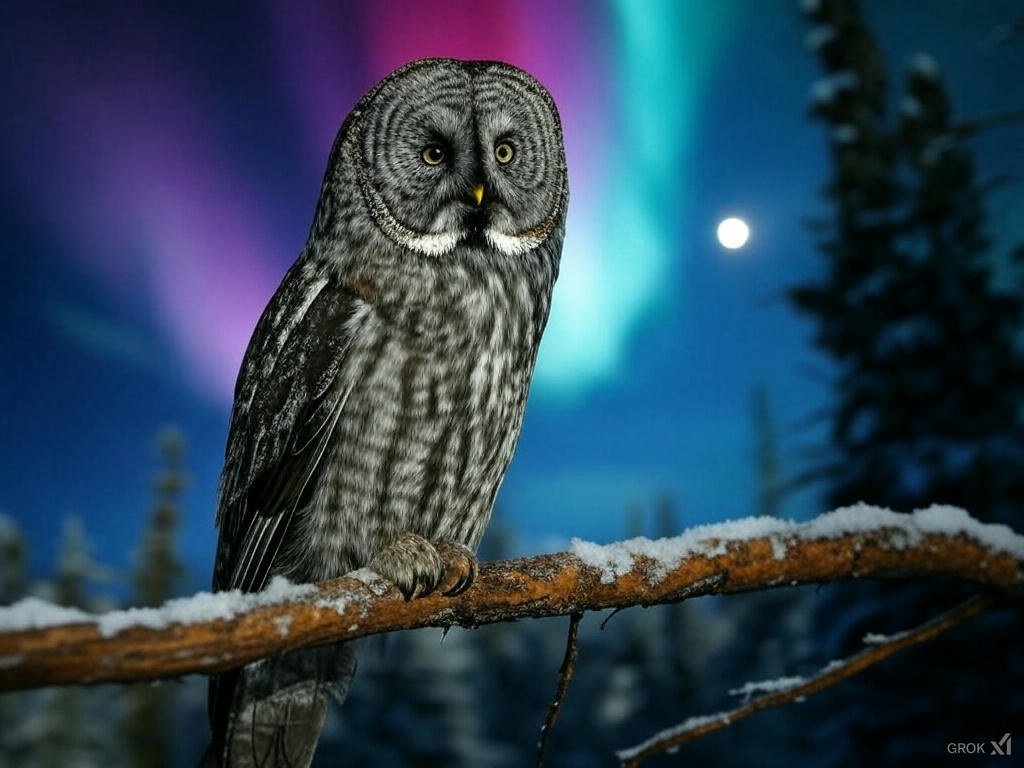Every zodiac sign has a creature that feels like its living mirror, and for Libra – the keeper of scales and seeker of the middle path – that animal is the flamingo. At first glance it’s a dazzling bird in pink, but look closer and a deeper story of equilibrium unfolds in muscle, bone, and behavior. Flamingos don’t just stand on one leg; they master stillness in a windy, noisy world, all while coordinating life in enormous colonies where harmony is survival. Biologists, engineers, and conservationists are now reading this bird like a blueprint for balance, from energy-saving postures to crowd choreography. The result reshapes how we think about stability – within a body, a flock, and a fragile wetland under pressure.
The Hidden Clues

Stand at the edge of a saline lake at dawn and you’ll see what looks like a slow-motion magic trick: rows of flamingos poised on one leg, barely swaying despite gusts that ripple the water. Beneath that calm is a clever mechanical advantage, where tendons and joints align so the body’s weight rests with minimal muscle work, a kind of biological parking brake. This isn’t just a posture – it’s a strategy that conserves energy for long flights, filter feeding, and chick rearing.
The same bird that can nap on a single limb can also break into coordinated marches, moving like a living metronome across mud flats. In a place where predators, shifting water levels, and food patches change by the hour, stability becomes a moving target, and flamingos hit it with startling consistency.
From Ancient Tools to Modern Science

The scales that symbolize Libra were humanity’s earliest promise of fairness, and scientists echo that idea with their own tools – force plates, motion cameras, and thermal sensors – to weigh how flamingos balance. High-speed video shows the center of mass settling right over the supporting foot, cutting down on the tiny corrections that typically tire muscles. When researchers tested limbs in controlled settings, they found evidence that passive structures can hold a bird upright with surprisingly low effort, hinting at built-in stability rather than constant neural micromanagement.
That observation challenged older assumptions that one-legged standing was mostly for heat conservation, shifting the conversation toward energy economics and skeletal design. It’s a rare case where the simplest pose tells a more complicated – and more elegant – story than anyone expected.
A Body Built for Equilibrium

Flamingo anatomy reads like a design brief for balance: long legs that place the body high above the water, a broad webbed foot that grips slick substrates, and a limb geometry that locks into place when aligned. The neck, famously sinuous, acts like a counterweight that helps keep the trunk centered, much like a tightrope pole but tucked into living architecture. Tendons behave like pre-tensioned cables, storing and releasing small bursts of energy with each micro-adjustment so muscles don’t have to fire constantly.
Even the bill – bent and specialized for upside-down filter feeding – pairs with a stance that keeps the head steady while the body remains planted. The whole bird works as one system, a lesson engineers often chase in robots that need to stand, pivot, and move with minimal energy drain.
Social Choreography

Balance in flamingos is social as much as mechanical, and the spectacle truly lands when thousands move together in courtship displays. Waves of head-flagging, synchronized wing openings, and group marches ripple across a colony, aligning hormone cycles and condensing breeding into a narrow window when conditions are right. That timing matters in volatile wetlands, where a sudden change in water depth can ruin nests, so synchrony becomes insurance against chaos.
On the nest mounds – little volcanoes of mud built to keep eggs above water – both parents share duties, including feeding chicks with nutrient-rich crop milk produced by each sex. It’s not perfect fairness, but it’s closer than many birds manage, and the colony’s rhythm leans toward shared work that keeps the whole system steady.
Why It Matters

Understanding how flamingos balance rewires more than bird lore; it reframes how we build machines, treat injuries, and manage crowds. Robots that can rest on narrow supports or recover from a shove without burning battery life owe a debt to the flamingo’s passive stability tricks. Clinicians studying posture and fall prevention learn from the way these birds limit sway with skeletal alignment rather than constant muscular bracing, a concept that translates into rehab cues and device design.
Crowd scientists, watching colony displays, see natural examples of synchronization that reduce conflict and improve group decisions in tight, changing spaces. Compared with older, one-factor explanations – like heat loss alone – the modern view shows a multi-tool strategy for balance that spans anatomy, behavior, and ecology.
Global Perspectives

Flamingos straddle continents, from Caribbean lagoons to African soda lakes and the thin air of the Andean altiplano, yet the through-line is the same: find equilibrium in harsh, shifting places. Each species fits a different niche – some tolerate extreme salinity, others cold high-altitude pans – but all depend on water levels that swing with climate and human use. When rivers are diverted, brine ponds expand, or drought hits harder, breeding sites can fail in a single season and push birds to gamble on new locations.
Communities near these wetlands also navigate balance, weighing tourism, mining, and water needs against the habitats that keep flamingos – and countless invertebrates – alive. The picture that emerges is not foes versus birds but a set of choices that either tilts or steadies a delicate scale.
The Future Landscape

In 2025, the toolkit for studying balance is getting sharper: drone surveys stitch together colony counts in hours, satellite imagery tracks water chemistry, and lightweight loggers record tiny shifts in posture through the night. Machine learning now flags early warning signs – unusual dispersal patterns, nest density changes, or delayed displays – that hint at habitat trouble months before a crash. Engineers collaborate with biologists to test ankle-like locks and tendon-inspired dampers in legged robots that need to loiter safely on uneven ground.
The challenges are real: climate volatility, expanding extraction industries, and competing water rights can quickly erase a breeding season. But practical steps – protecting hydrological inflows, coordinating cross-border wetland management, and funding long-term monitoring – offer a path that keeps both birds and people in the frame.
Conclusion

Balance isn’t abstract – it’s a set of tiny choices that add up, and there are straightforward ways to help. Support organizations that conserve saline lakes and wetlands, because safeguarding water levels is the single most stabilizing act for flamingo colonies. Back community science efforts that log sightings and breeding behavior, giving researchers real-time data to catch problems early. When you travel, choose operators that follow distance guidelines around colonies and contribute to local conservation funds that maintain habitat.
At home, stay curious: follow projects that track water policy and migratory bird health, and share credible updates so attention – and action – doesn’t wobble when conditions change.

Suhail Ahmed is a passionate digital professional and nature enthusiast with over 8 years of experience in content strategy, SEO, web development, and digital operations. Alongside his freelance journey, Suhail actively contributes to nature and wildlife platforms like Discover Wildlife, where he channels his curiosity for the planet into engaging, educational storytelling.
With a strong background in managing digital ecosystems — from ecommerce stores and WordPress websites to social media and automation — Suhail merges technical precision with creative insight. His content reflects a rare balance: SEO-friendly yet deeply human, data-informed yet emotionally resonant.
Driven by a love for discovery and storytelling, Suhail believes in using digital platforms to amplify causes that matter — especially those protecting Earth’s biodiversity and inspiring sustainable living. Whether he’s managing online projects or crafting wildlife content, his goal remains the same: to inform, inspire, and leave a positive digital footprint.




